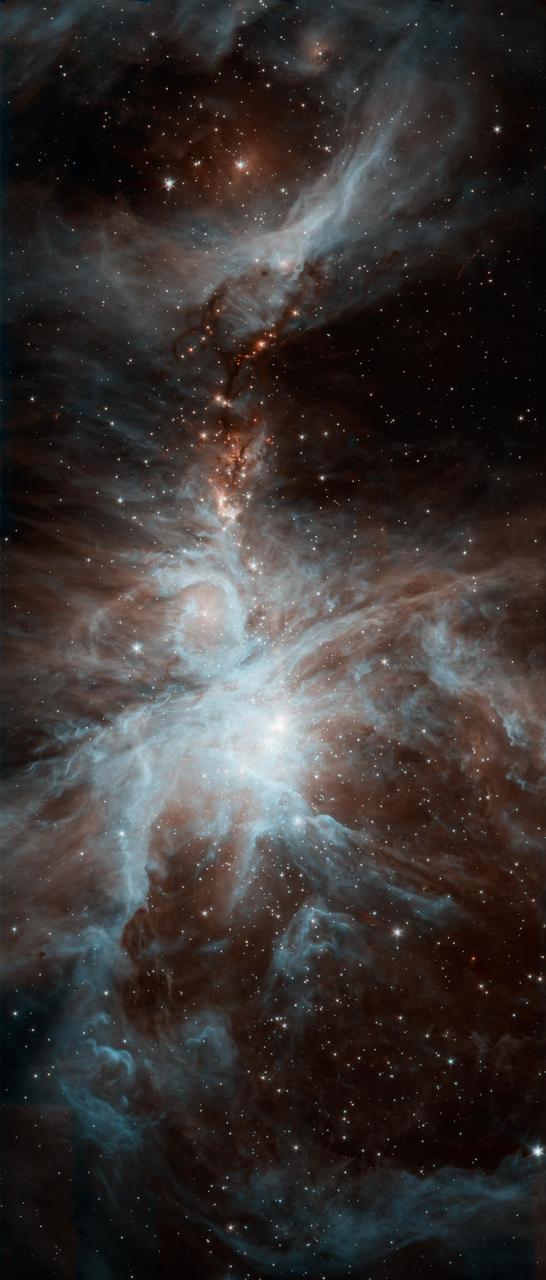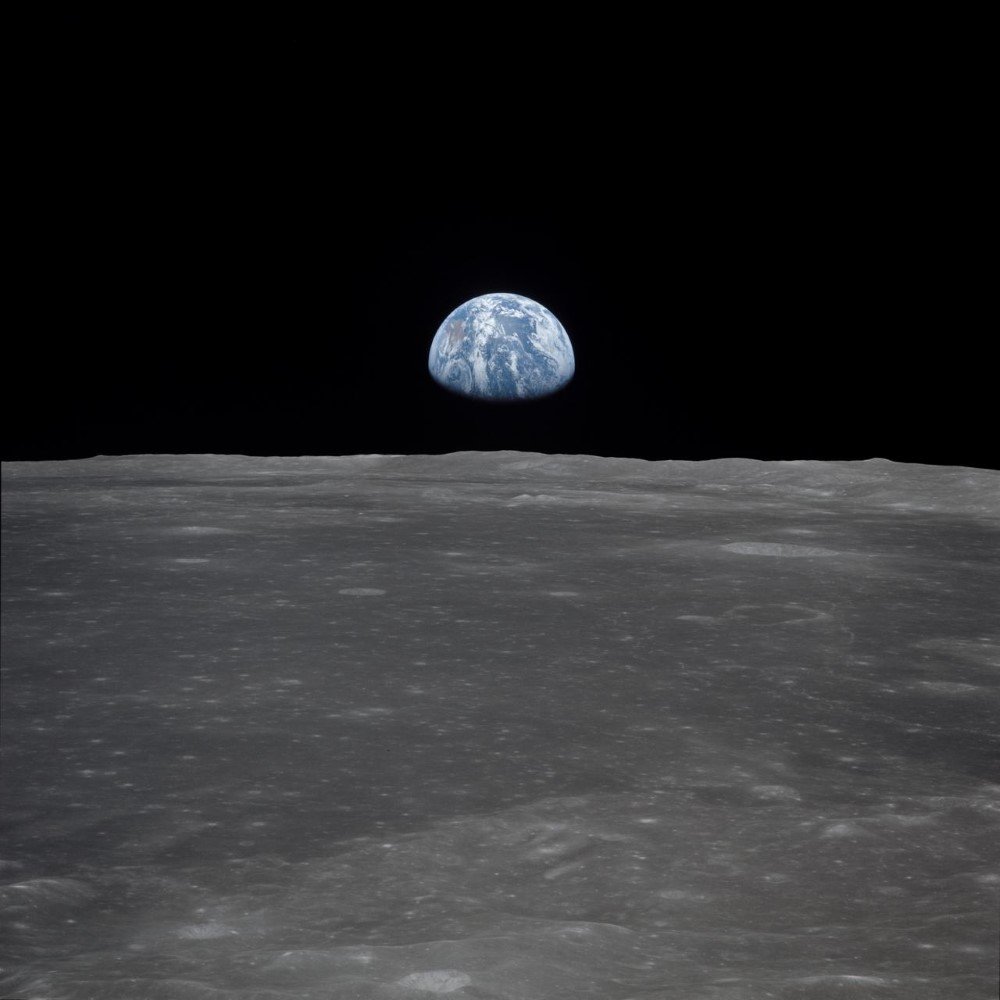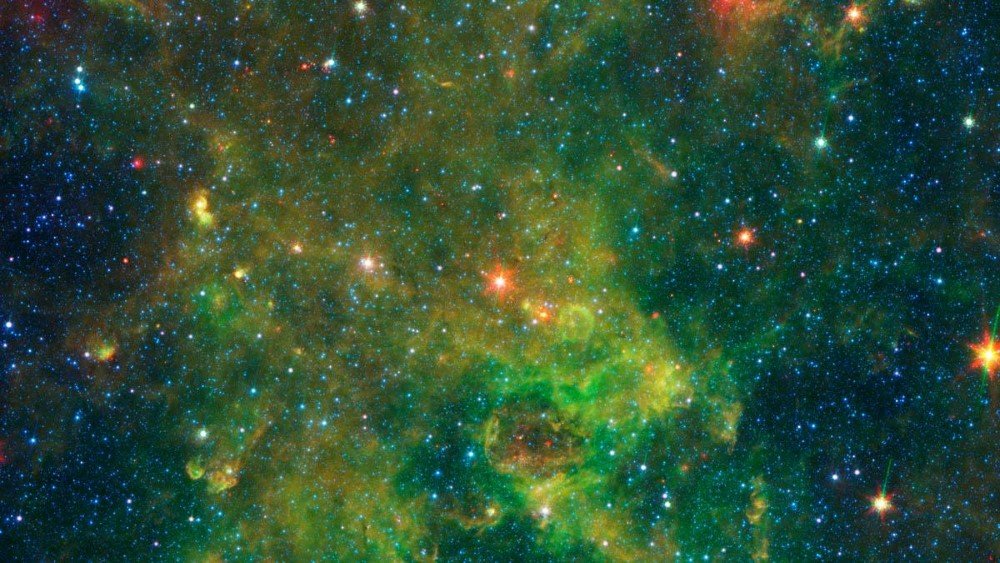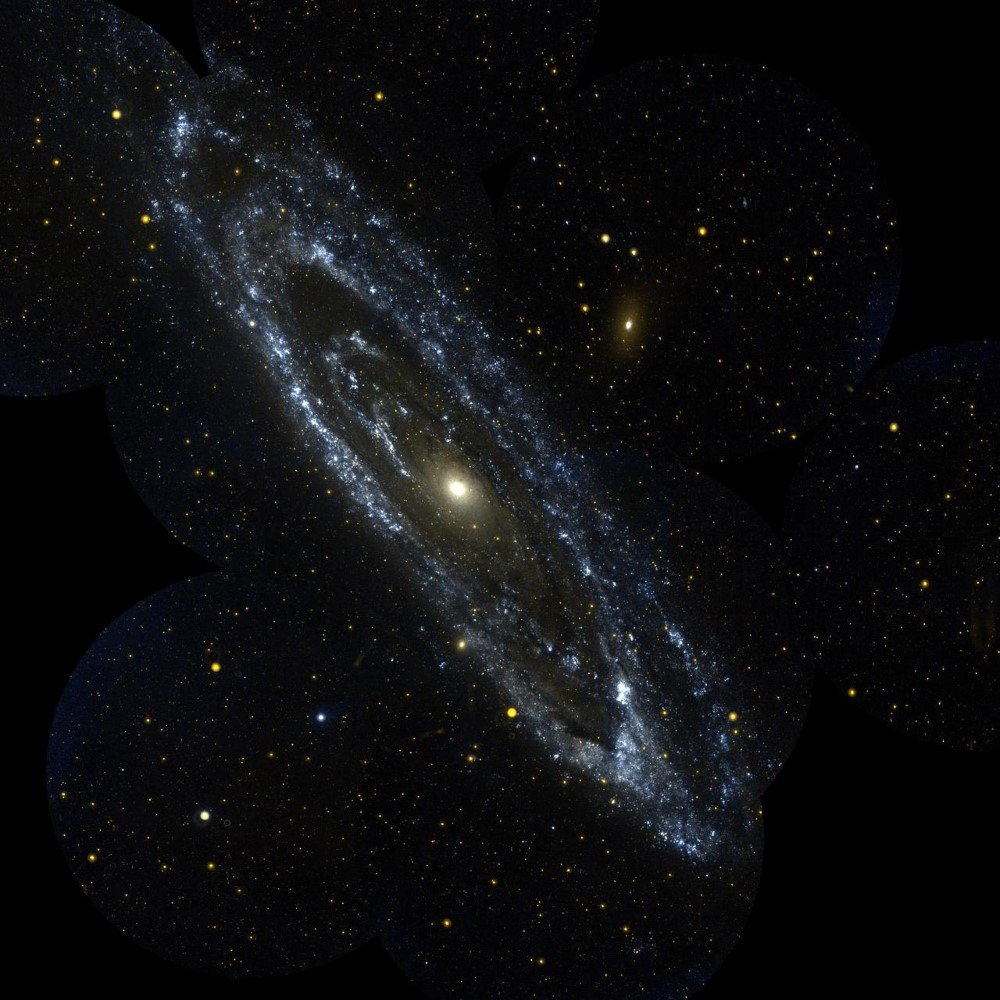Space nerds will love NASA’s new media library

SPACE JUNKIES REJOICE – US space agency NASA has today launched a new, searchable library for its 140,000-plus database of publicly available images, video and audio.
Users can trawl through the best of the cosmos at images.nasa.gov, downloading some truly epic images of everything from distant galaxies, star-scapes, astronaut spacewalks and views from the International Space Station. Most are available at multiple resolutions and all are publicly available to download.
“The library is not comprehensive, but rather provides the best of what NASA makes publicly available from a single point of presence on the web,” NASA explained in its announcement of the new resource.
“Additionally, it is a living website, where new and archival images, video and audio files continually will be added.”
As we’re always up for an excuse to moon over stunning images of space, we downloaded a few for you to enjoy:
Jupiter aurora

NASA’s Hubble Space Telescope captures vivid auroras in Jupiter’s atmosphere. (Credits: NASA, ESA, and J. Nichols (University of Leicester))
Hot, young stars

A colony of hot, young stars is stirring up the cosmic scene in this picture from NASA’s Spitzer Space Telescope. The image shows the Orion nebula. (Credits: NASA/JPL-Caltech)
Astronaut Edward H. White II (1930-1967)

The late astronaut Edward H. White II, pilot on the Gemini-Titan 4 spaceflight, is shown during his egress from the spacecraft. His face is covered by a shaded visor to protect him from the unfiltered rays of the Sun.
White became the first American astronaut to walk in space. He remained outside the spacecraft for 21 minutes during the third revolution of the Gemini-4 mission. Sadly, White died in the Apollo/Saturn 204 fire at Cape Kennedy on 27 January 1967. (Credit: NASA)
Earth-rise

View from the Apollo 11 spacecraft showing the Earth rising above the Moon’s horizon. (Credit: NASA)
Age-defying star

An age-defying star called IRAS 19312+1950 exhibits features characteristic of a very young star and a very old star. The object stands out as extremely bright inside a large, chemically rich cloud of material, as shown in this image from NASA’s Spitzer Space Telescope.
IRAS 19312+1950 is the bright red star in the center of this image. A NASA-led team of scientists thinks the star – which is about 10 times as massive as our Sun and emits about 20,000 times as much energy – is a newly forming protostar.(Credit: NASA/JPL-Caltech)
Andromeda galaxy

This image is from NASA Galaxy Evolution Explorer is an observation of the large galaxy in Andromeda, Messier 31. The Andromeda galaxy is the most massive in the local group of galaxies that includes our Milky Way.(Credit: NASA/JPL-Caltech)
READ MORE:
- Amazing images of Australia from space
- NASA footage of Cyclone Debbie from space
- NASA astronaut talks about what he learnt in space




